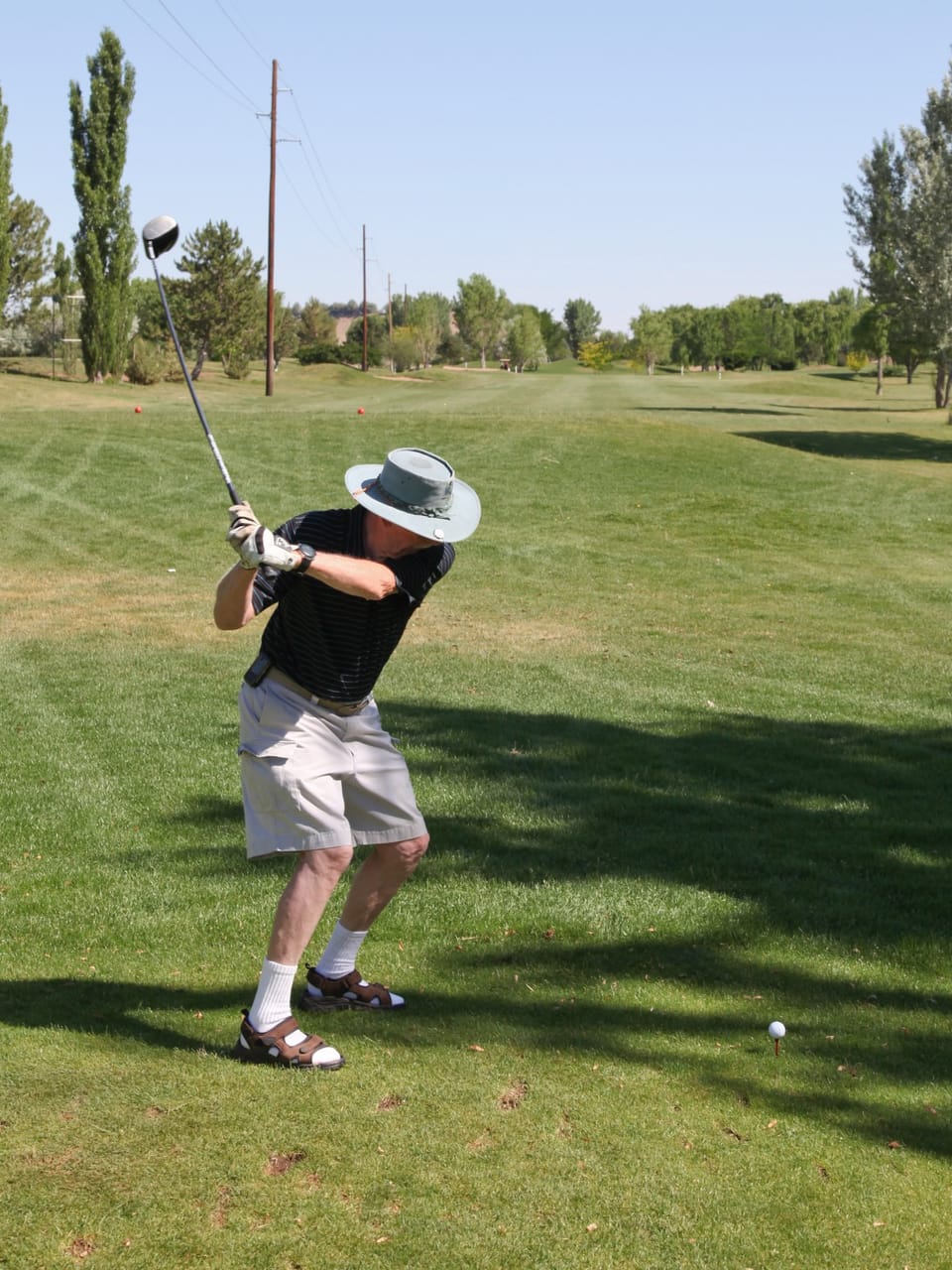Understanding the Rules for Drivers in the USPGA

When it comes to professional golf, few pieces of equipment get as much attention as the driver. It’s the club that starts each hole on par 4s and 5s, and it’s often the most powerful weapon in a golfer’s bag. But in the world of the United States Professional Golf Association (USPGA) tournaments, there are strict rules and standards that every driver must meet to ensure fair play. Whether you're a budding golfer, a fan of the sport, or just curious about the game's equipment regulations, here's a look at the key rules governing drivers in USPGA events.
1. Conforming Driver Heads
The USPGA follows the rules established by the United States Golf Association (USGA) and The R&A, the two governing bodies responsible for setting the global standards in golf. According to these rules, all drivers used in competition must have a conforming clubhead.
The USGA and R&A maintain a “List of Conforming Driver Heads”, which is updated weekly. Before each tournament, players and their teams confirm that their driver model appears on this list. Any driver not on the list is considered non-conforming and therefore illegal for tournament play.
Why this matters:
The list ensures that no player gains an unfair advantage by using unregulated equipment that could potentially provide excessive distance or forgiveness.
2. Driver Length Limit
There’s also a rule on how long a driver shaft can be. As of 2022, a new Model Local Rule adopted by the PGA Tour and used in USPGA events restricts the maximum shaft length to 46 inches. Prior to this change, the limit was 48 inches.
Why it changed:
Some players were experimenting with longer shafts to generate more clubhead speed and thus greater distance. The new rule levels the playing field and maintains a balance between skill and equipment.
3. Coefficient of Restitution (COR)
One of the most technical rules surrounding drivers involves the coefficient of restitution or COR. This measures how much energy is transferred from the clubface to the ball. The higher the COR, the more spring-like the effect of the face.
The maximum legal COR for a driver is 0.83. Anything higher would mean the driver face is too “hot,” giving the player an unfair distance advantage.
To monitor this, the USGA and R&A conduct random equipment testing at major tournaments using a procedure called the CT test (characteristic time), which evaluates how much the clubface deforms upon impact. Drivers that fail this test are deemed non-conforming.
4. No Adjustments During Round
Many modern drivers come with adjustable features—players can tweak loft, lie angle, and weight distribution to optimize performance. These features are perfectly legal before a round starts.
However, once a competitive round begins, any adjustments to the driver (or any club) are strictly prohibited under Rule 4.1a(3) of the Rules of Golf. Doing so can lead to disqualification.
5. Damage and Replacement Rules
If a driver breaks or is damaged during the course of a round, players are only allowed to replace it if the damage occurred during the normal course of play. For instance, snapping a driver during a swing or after hitting a tree may be considered acceptable damage.
But if the damage is caused by abuse—like slamming it into the ground or throwing it—the player cannot replace it.
6. Driver Face Markings and Appearance
A less commonly known rule is that the driver’s face markings must conform to a specific pattern. These markings—often grooves or dots—help players center the ball on the clubface. Irregular or exaggerated patterns can potentially affect spin or ball flight, which is why the USGA has guidelines for them.
Additionally, the club must look like a traditional driver. Wild designs that deviate from the spirit of the game can be disallowed even if they meet performance metrics.
7. Testing for Non-Conforming Drivers
In recent years, the PGA Tour has increased its random testing of drivers at tournaments to ensure conformity. This move came after concerns that some drivers were becoming too “hot” over time, especially after repeated use.
Tour officials now perform on-site CT testing to catch any driver heads that may have exceeded the legal spring effect due to wear and tear or defects.
Conclusion
The USPGA takes equipment standards seriously, and the rules governing drivers are designed to keep the competition fair while allowing players to use the latest in golf technology. For professionals, ensuring their driver meets all specifications is just as important as their swing technique. For fans and amateurs, it’s a reminder that in golf, even the tools of the trade must play by the rules.
Whether you're teeing it up on Sunday or watching the pros bomb drives 300+ yards, the next time you see a driver in action, you'll know there's more to it than just power—there’s precision, regulation, and a deep respect for the game’s integrity.
